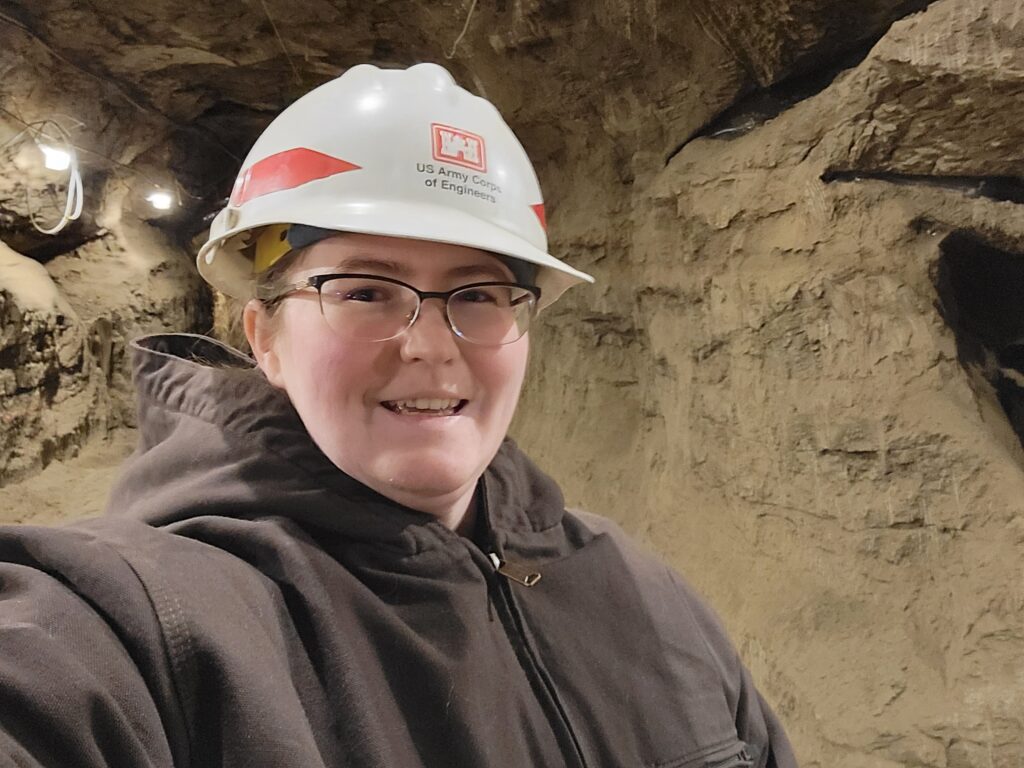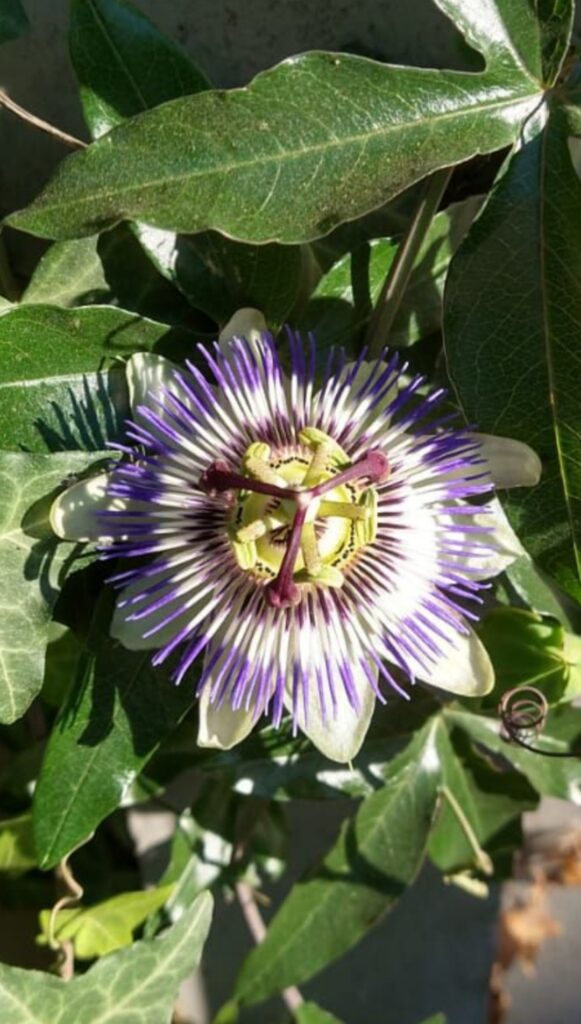Hello Everyone! My name is Emma. I moved to Fairbanks a little over 2 years ago, after earning my B.S. in Chemistry (with a concentration in Biochemistry) and French from the University of Portland. I am currently a non-degree seeking student with UAF but hope to be enrolled in a Master’s program this Spring. For employment, I work with a permafrost researcher at UAF as a student assistant, processing permafrost cores from all over Alaska and collecting water samples from Poker Flat Research Range. I also have three fluffs that I love dearly (2 dogs, 1 cat) and photograph constantly.


My botany experience is…limited. I would not characterize myself as a forager or as one who has a “green thumb” (I have killed plants before…). However, I have picked blackberries, blueberries, and even cloud berries, which I was able to taste for the first time last summer thanks to my colleagues and now I can’t wait for picking season. Our household is also trying a small garden for the summer and hopefully we will manage to get some produce out of it. During fieldwork, or even just walking around, I encounter interesting plants/fungi and wonder what they are but haven’t really take the time to identify them. Case in point, the following image is of an unidentified plant I noticed after moving to Alaska:

What really piqued my interest in botany was the Elementary SEM (Scanning Electron Microscopy) course last Spring. For my final project, I decided to image some of the ingredients in a family recipe, which includes fruits like pineapple and banana. (Please click here to see the PDF of the presentation and images taken on the SEM. The file was too large to upload…I also think there is also a poster hanging on the first floor of Reichardt). The SEM images revealed some interesting structures I had never seen before or knew existed! Thanks to a certain amazing professor, I was able to label some of these structures but I wanted to learn more and gain confidence in identifying plant morphology. Thus, I was inspired to take this class. 🙂
I plan to use a combination of my smartphone and a USB microscope for the microscope set-up but all the pieces have not arrived yet (and thus do not have a picture of it).
The more I learn and think about plants, the cooler they become and the harder it is to pick just one favorite. I like Irises for their bold purple colors. Snapdragons have a unique shape, cool colors and “dragon” in their (common) name. Fireweed is cool for its striking red color and its link to the duration of summer in Alaska. I think the coloring and pattern of birch bark is gorgeous and I want to make so many crafts out of it. I like Asian lilies for the same reason my mom does–they smell amazing! But I think I have to highlight the pineapple and the banana because they are the most recent impetus for my interest in botany. Plus, discovering how pineapples grew just looks…not even close to how I thought it would grow and I find it a tad ridiculous:

“A pineapple plant growing in the middle of a field. Pineapple tropical fruit.”
Image credit: Pixabay
link: https://garystockbridge617.getarchive.net/amp/media/pineapple-tropical-fruit-food-drink-b612e8
If you ever have any questions for me about either myself or class, please don’t hesitate to reach out! (My email: esnodgrass@alaska.edu)
I look forward to learning with y’all this summer!


Hi Emma! Thanks for sharing! I did not know that pineapples grew like that. It’s very interesting. 🙂
Welcome Emma,
looks like you are diving right into it all. Loved the SEM project, so many cool plants involved in making the banana bread! Glad you are able to take this class, I hope it will inspire many more plant-related projects and a passion for observing the plants in your surrounding. The mystery plant you mentioned, is a passion flower, not sure where you encountered it, but it is one of the most stunning and complex flowers out there. It is in its own family, the Passifloraceae, or Passion-flower family. The one you are showing, I believe is Passiflora edulis Sims (purple passion fruit). If you want to read more about these fascinating flowers, see https://garden.org/ideas/view/Char/1287/Discovering-Passion-the-Flowers-of-Passiflora/
Native from southern Brazil through Paraguay to northern Argentina, but it is cultivated commercially in tropical and subtropical areas for its sweet, seedy fruit. The fruits are fleshy and have a smooth, leathery rind, typically with 250 brown seeds. Each seed is surrounded by a membranous sac filled with pulpy juice. The passion fruit’s flavor can be compared to the guava fruit.
Here is a picture of the passion fruit flower from the web…
Thank you for the info! Passion flowers are so cool! That picture was taken outside a former residence here in Fairbanks within the last two years. When I think of passion fruit, I think tropical environments so I didn’t know they could tolerate temperatures this cold, even for a short time! Exciting!